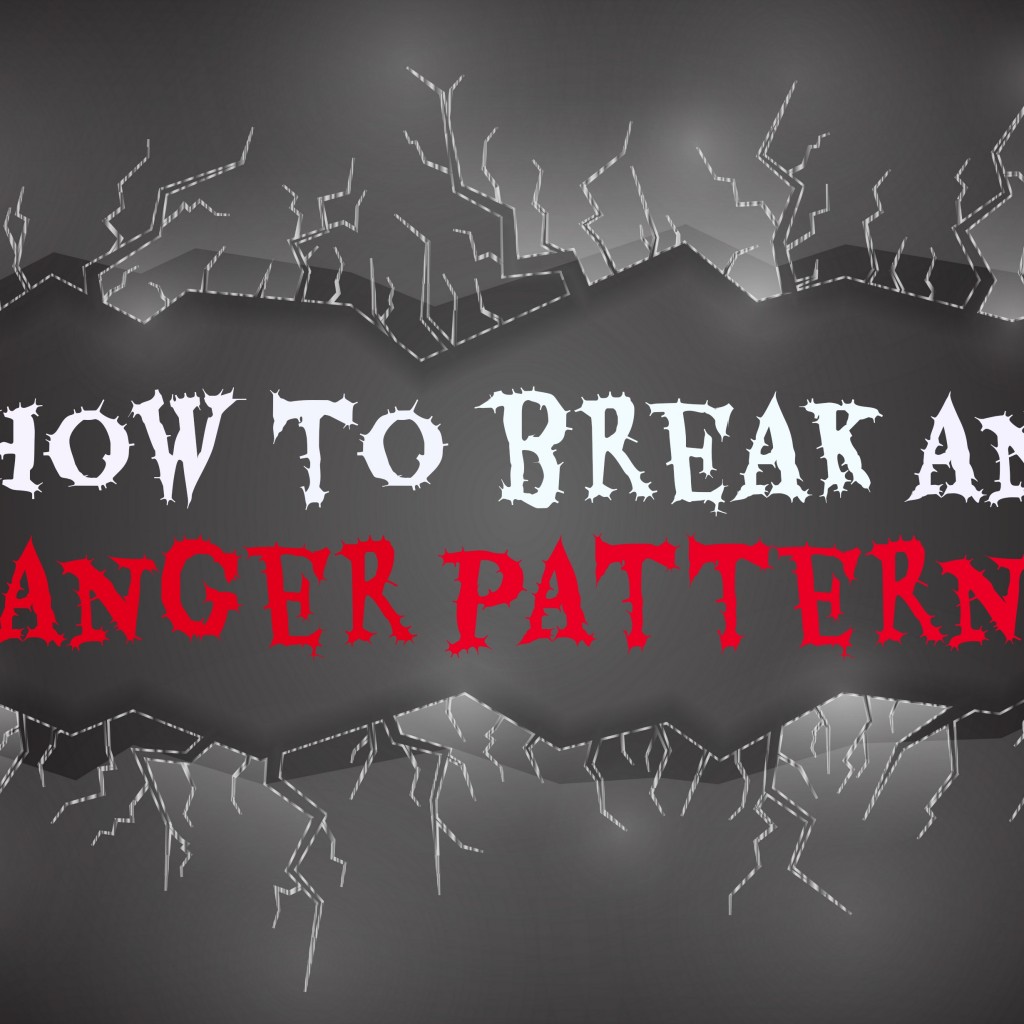“Anger is an acid that can do more harm to the vessel in which it is stored than to anything on which it is poured.” – Mark Twain
In my previous vlog I talked about why unrestrained anger is a game-changer. (click here) In this edition, I want to focus on how you can break an anger pattern by following three approaches. The first two you are common yet effective when you use them.
The third approach is key to break an anger pattern. I will cover it in the short video below. For now, let’s look at the first two approaches.#1: The quick and easy approach
Using the right tools
Angry outbursts can happen in a flash if you are not careful. In an intense conflict situation, the fight-flight response activates in the limbic system of the brain where emotions are regulated. It also activates the sympathetic system that governs physiological responses. Everything activates quickly. Your job is to slow it back down. Here are some quick and easy steps to take.- Get a quick grip on yourself – take some deep breaths and count to ten. This will slow things down and give you a better grip on your emotions. If that doesn’t work, give yourself a time-out. It generally takes about 30 minutes for parasympathetic system to cool down the sympathetic system. Anger intensity should decrease to a manageable level.
- Clarify the problem – keep the problem the problem, not the person(s). Use “I” statements to express your feelings of anger. “I became angry when…” or “I am angry that…” Avoid “you” statements. They are inflammatory.
- Listen to and validate the other person – be open to hear the problem from their perspective and validate their thoughts and feelings. This is crucial if you want resolution of a conflict. You can only accomplish this when the anger between you has decreased to a respectful level.
- Express your expectations going forward – you want the other person to be clear on your expectations in the future. This is about setting and/or clarifying boundaries. Let the person(s) know ahead of time what they can expect if they honor or dishonor your boundaries. In other words, what the consequences of their actions will be (positive or negative).
- Tell them what they can expect from you as well – if you listened well about the problem from the other person’s perspective, then you can tell them what you plan to work on. “In the future, I will try not to assume I know what you’re thinking. Instead, I will ask you.”
#2: The Routine Approach
Forming Good Habits
Do you have a plan to manage stress in your life? If not, you will not be able to break an anger pattern. Establishing routines in your week designed to give you stress relief and emotional control is vital to your health and interpersonal relationships. Here are some suggestions to get you started.- Deep breathing and stress relaxation exercises – practicing deep breathing and stress relaxation exercises will establish a pattern of emotional control that will be accessible quickly when you are in an angry-provoking situation. My colleague, Monique Prohaska demonstrates deep breathing exercises in this short video. (click here)
- Yoga – people who practice yoga report greater mastery of emotions and a deeper sense of calm.
- Exercise – releases stress hormones and improves cognitive and emotional functioning.
- Spiritual disciplines – reading, meditation, prayer, or other forms of worship is a powerful source for processing emotions and centering in.
- Hobbies and activities – engaging in personal hobbies and/or activities distracts the mind from stressors and engages you in pleasurable and rewarding experiences.
#3: The Deep Dive Approach
Answers the “Why?” question
Resources to Break an Anger Pattern
- My book: Bringing Respect Back: Communicating Without the Conflict (click here)
- What’s Good About Anger: www.whatsgoodaboutanger.com
- The Dance of Anger: Harriet Lerner, Ph.D (click here)

